
2022 Trends: The road for Open Banking is opening up, but there are still blocks
 09:56 08 Feb 2022
09:56 08 Feb 2022 Open Banking had a big year in 2021. The 90 day re-authentication rule was gracefully benched after months of complaints, with fintechs now able to keep the connection between a customers’ bank account, and a TPP (Third Party Provider), without having to re-ask for permissions every three months.
Research from Truelayer showed a monumental increase in Open Banking payments, seeing them grow 485% in the UK between August 2020 and August 2021, reaching almost 2.4 million successful payment initiations in a single month.
And finally we saw the CMA give the OBIE the green light to mandate VRPs for Sweeping. A decision over the summer which signalled a new era for Open Banking, and one which many fintechs couldn’t wait to see launched in the UK. But, despite a year of significant momentum, there are some upcoming challenges to address.
VRPs and Sweeping offer a huge opportunity for fintechs and third parties
VRPs, or Variable Recurring Payments, are certainly one of the more exciting elements emerging in Open Banking today. VRPs and Sweeping offer a major opportunity for people and businesses to ‘unbundle’ their banking services. Instant payments between customer accounts mean that it would be even easier to have an overdraft with one provider, a credit card with another provider, and a currency account with a third. Money could move seamlessly and automatically between accounts to meet payments and deadlines, allowing people to find the best provider across a range of FIs.
And the Use cases could genuinely revolutionise the way people interact with their finances
Imagine being able to pay with your Wise card in a foreign country, knowing you’ll get the mid-market rate, without having to go to the effort to top up your account. Or having an international investments account, which you could automatically instruct to sweep money into when the EUR to GBP rate reaches a certain level.
By setting up sweeping, we could pull that money automatically as and when the customer wants it, allowing them to save money on rates, and save them the hassle of proactively moving their money from A-B to, eventually, C.
Automatically moving money on a customers’ request can open up the world of Open Banking to make managing finances even easier for the average person, and these are exactly the opportunities we could see if VRPs and Sweeping are mandated in a way that lets fintechs take true advantage. It’s hugely exciting, and of course fintechs want to be part of it, to deliver an even better experience to their customers.
But finding a way to implement VRPs and Sweeping, in a way that works for everyone, isn’t easy
Alongside this huge opportunity for competition and growth for Open Banking payments, comes challenges…
It’s simply not as straightforward as cracking the world of finance wide open. The current conversations around use cases for VRPs, and what will and won’t be included in the scope are ongoing, and some legitimate use cases could fall out of scope.
Sweeping brings with it huge opportunities of course, but it’s always difficult to predict what these changes could lead to. One scenario is that with the rise of VRPs and Sweeping, we could see bank transfers overtake card payments as the leading method of payment. That could be especially easy with retailers and ecommerce platforms, who see Open Banking as a chance to sidestep interchange fees.
And it isn’t out of the realm of possibility, some countries like the Netherlands, Sweden and Estonia have already reached this position. It’s not necessarily a bad thing either, bank transfer payments can be just as quick as via card, they can be lower cost, and merchants can have instant access to the funds.
But Open Banking shouldn’t be positioned as a cheap replacement for card payments for many reasons. For example, it’s likely not as easy to retrieve money in the case of scams or fraud when a customer makes a bank transfer payment. On top of that, while cards do have interchange fees, part of that goes toward buyer protection which Open Banking doesn’t have (think of Section 75 of the Consumer Credit Act, for example).
For this particular example, ensuring that retailers have an appropriate level of access to VRPs and Sweeping is key, and it’s just one of the many, many different considerations the OBIE and the CMA will need to work through when consulting on the mandate for VRPs.
There is a middle ground, and it’s the entire industry’s role to find it.
One thing I can say for sure, is that finding the right way to introduce VRPs and Sweeping is not easy. While compromise really is the shortest distance between two points, the OBIE should remain focused on the reasons why VRPs and Sweeping are needed in the first place: better competition, and an easier experience for customers.
Sending money shouldn’t be as complicated as it is. There’s no real reason why digital payments should be any different to sending an email. It’s all just bytes moving from one server to another.
Until we reach a point where that’s the case, I’d encourage everyone involved in Open Banking to keep pushing the boundaries, while finding solutions to the potential problems that might occur. It is a challenge, but it will be a rewarding one when we get it right.
[The author of this article, Lars Trunin, is Head of UK Product at Wise]
Helen Child, Founder & CEO, Open Banking Excellence
You would also be interested to hear what other experts have to say on 2022 Trends:
- 2022 Trends: Sustainable Finance meets the Open Banking revolution | Written by Richard Peers, Founder at ResponsibleRisk.
- 2022 Trends: Security and Payments – More of the same? | Written by Erik Vasaasen, Chief Technology Officer at Okay.
- 2022 Trends: The Future of Financial Services will run on Open Banking | Written by Keith Douglas, Executive Vice President, Expansion Open Banking at Mastercard.
- 2022 Trends: Small Steps or a Big Lead for Open Finance? | Written by Adam Jackson, Director of Policy, Innovate Finance.
- 2022 Trends: Financial Inclusion – Open Finance, Regulatory Experimentation, and New Use Cases | Written by Ariadne Plaitakis, Senior Financial Sector Specialist, CGAP.
What are the defining trends and learnings in Open Banking and Open Finance this year?
Find out in the Open Banking Excellence (OBE) Megatrends 2022 Report.
Featuring contributions from more than 30 industry pioneers, this Megatrends whitepaper is an unmissable briefing on the trends, opportunities and challenges in Open Banking. From VRPs to embedded finance, OBE’s Megatrends report will help you stay ahead of the curve and thrive in a new era.





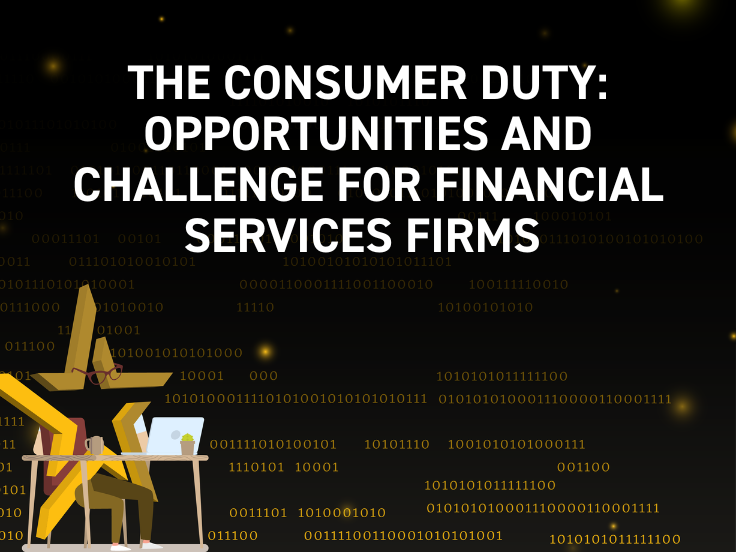 " alt="">
" alt="">

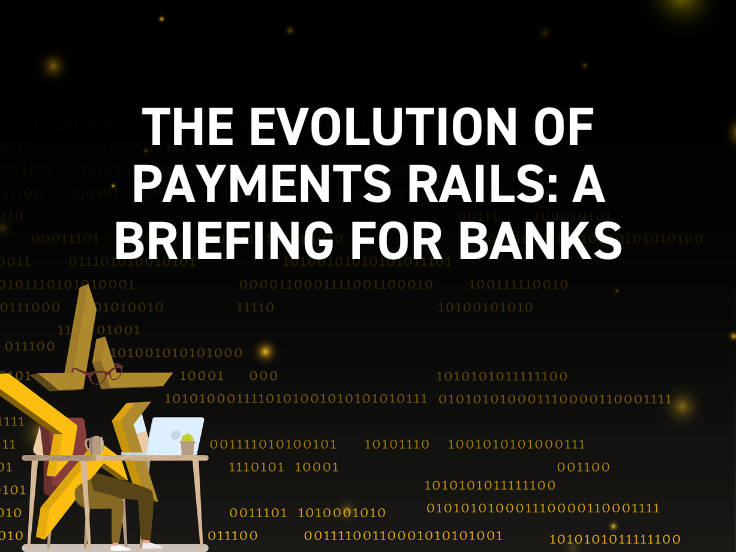 " alt="">
" alt="">
 " alt="">
" alt="">
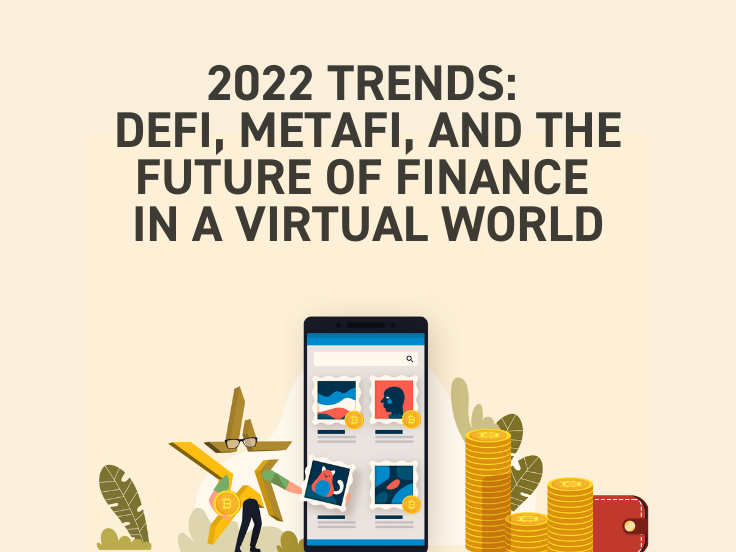 " alt="">
" alt="">
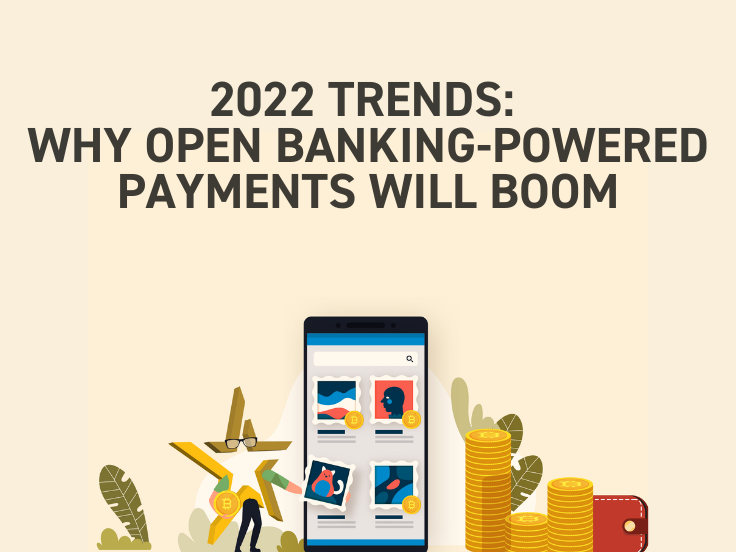 " alt="">
" alt="">
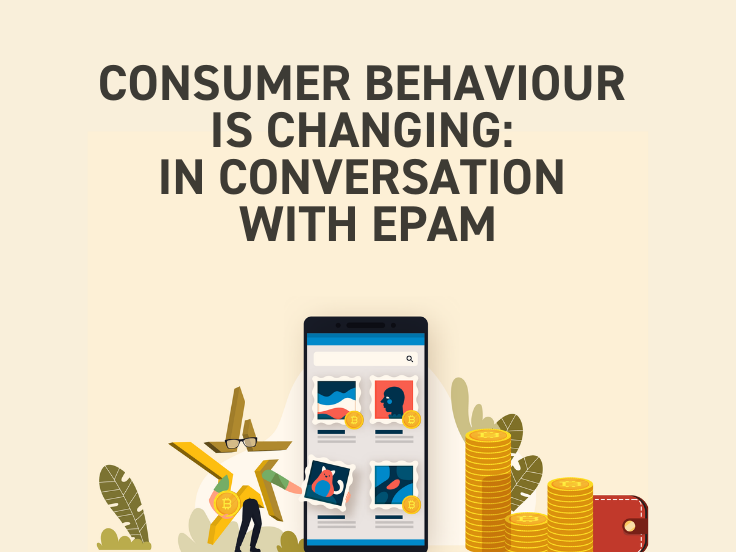 " alt="">
" alt="">
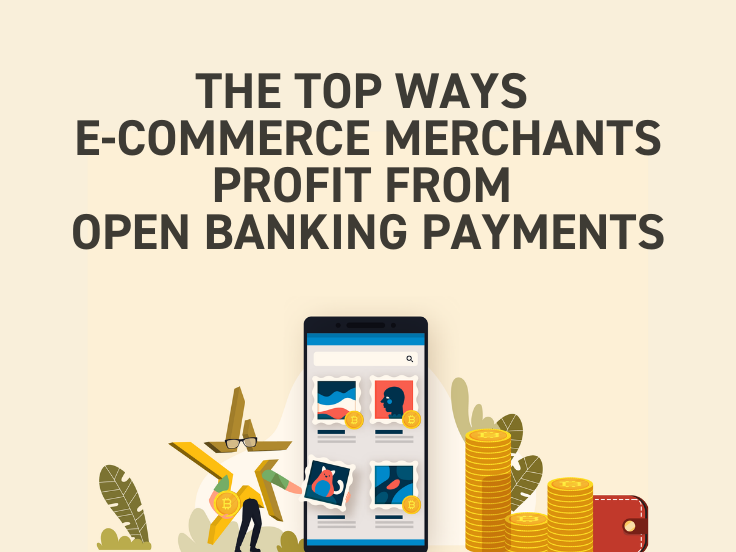 " alt="">
" alt="">
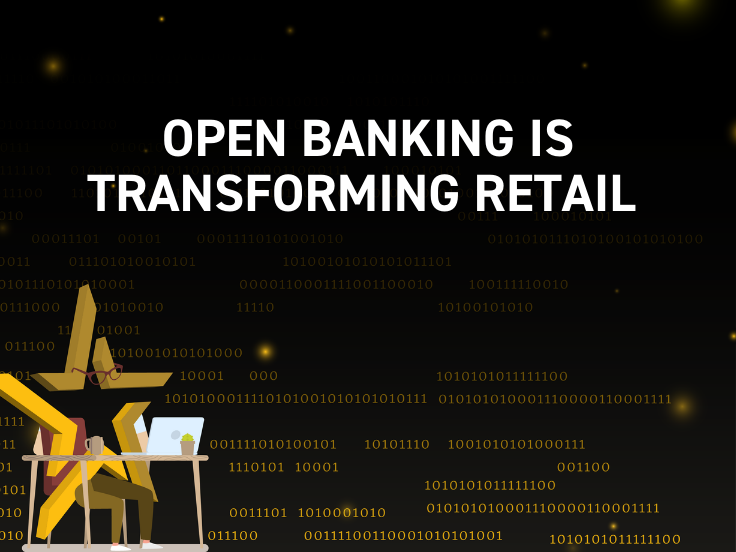 " alt="">
" alt="">
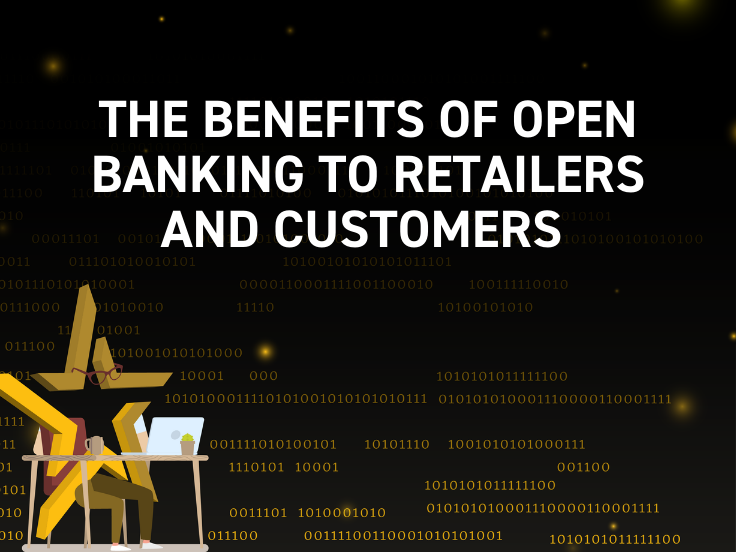 " alt="">
" alt="">
 " alt="">
" alt="">